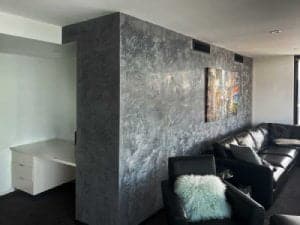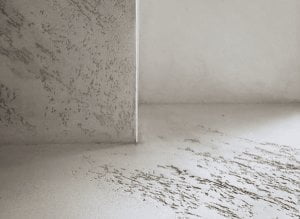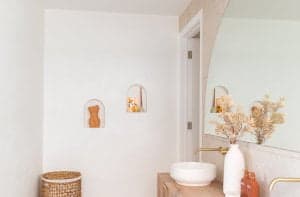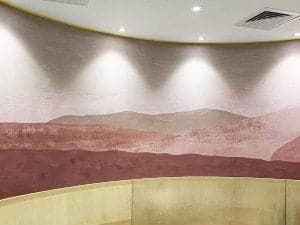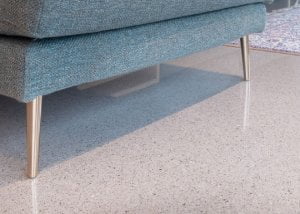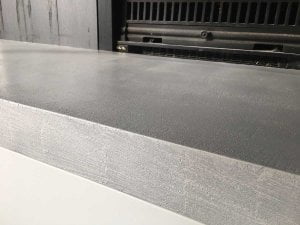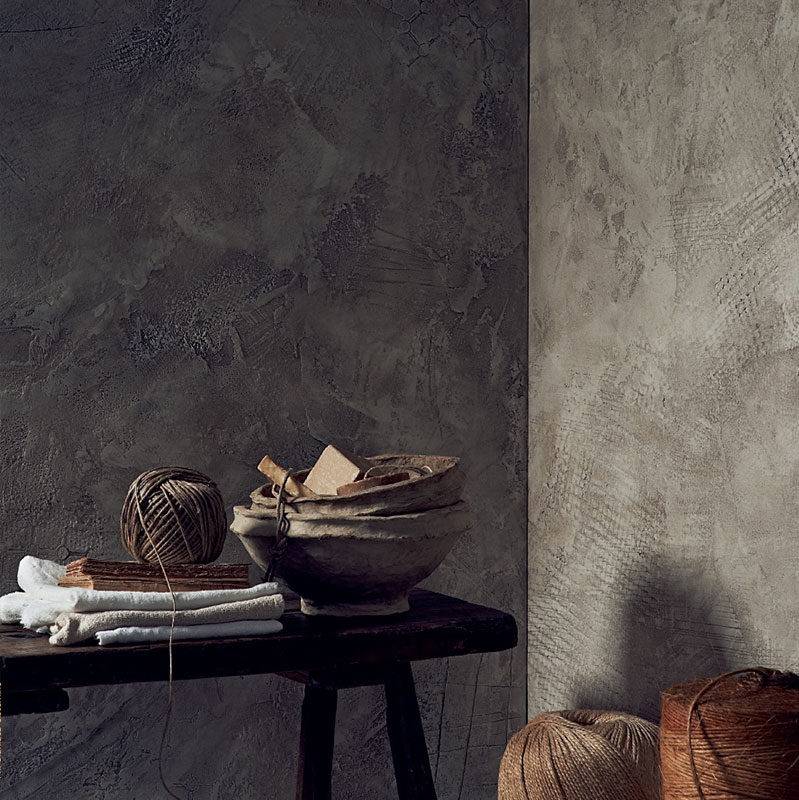Aesthetic
Clay plasters are simply beautiful in their texture and the way they reflect light, they have an organic and natural feel.
Clay plasters maintain a consistent relative humidity of around 50-60%, which is beneficial for people with asthma or other respiratory problems, but detrimental to dust mites, which reduces problems associated with allergies.
Clay contains no nasty chemicals, and is able to absorb toxins and thus improve indoor air quality.
Flexibility
Clay is soft and pliable, and can move, like lime, without cracking; it can cope with situations where you get minor movements, and so is excellent in old houses.
Feel
You have to be in a room with a clay plaster surrounding to understand how beautiful, sensuous, natural and earthy they are. They just make you feel good.
Protection of timbers
Lime absorbs moisture through capillary action, but with clay, there is a chemical attraction that draws moisture in, and because clay absorbs moisture at a faster rate than lime or timber, it takes moisture away from the timbers of the building, protecting them from damp, mould, rot and insects.
Clay absorbs moisture, it seals and prevents water from passing right through into the structure of the building. Moisture is held and released when the air around it dries. This is why clay can be used to line a pond. Clay allows so much moisture in and then provides a barrier.
Breathability
Clay plasters prevent excess moisture in vulnerable buildings. Clays are hygroscopic , they absorb moisture if humidity is high, hold it without being damaged, and when humidity falls, release moisture back to the air. So they maintain a consistent humidity, and minimise damp, and moulds caused by condensation.
Clays can be used with / over other breathable materials without taking away their breathability.

